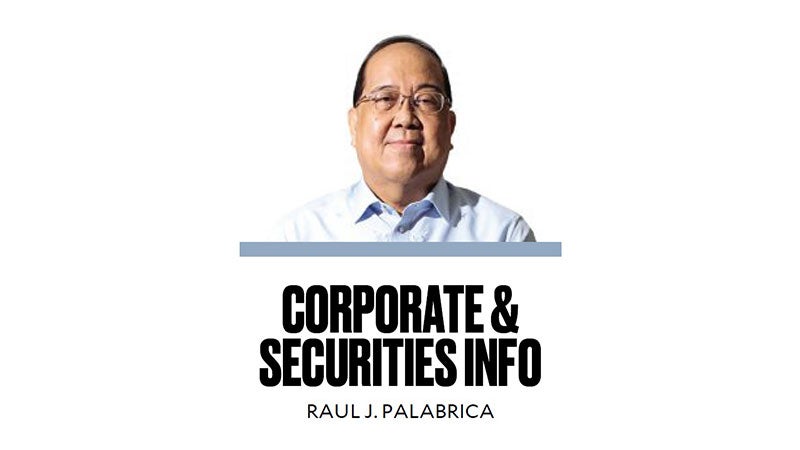Bane of wage distortion

Effective July 17, the daily minimum wage of workers in Metro Manila shall increase by P35.
Based on that adjustment, wages of the affected sectors shall be: (a) nonagriculture, from P610 to P645; (b) agriculture, from P573 to P608; and (c) service and retail establishments employing 15 or less workers and manufacturing companies regularly employing less than 10 workers, from P573 to P608.
Some labor groups had expressed their disappointment with that increase and described it as a disgrace and laughable. On the other hand, the Philippine Chamber of Commerce and Industry said it was reasonable and gave the assurance that its members would comply with the wage order.
As in the past, whenever the government orders a wage increase, wage distortion inevitably happens in businesses with employees who receive the minimum wage or a bit higher than it.
Wage distortion happens when “… an increase in prescribed wage results in the elimination or severe contraction of intentional quantitative differences in wage or salary rates between and among employee groups in an establishment as to effectively obliterate the distinctions embodied in such wage structure based on skills, length of service, or other logical bases of differentiation.”
(Note that wage distortion arises only when it is caused by a government wage order, not by management action.)
Businesses that can grant the increase and, at the same time, make adjustments in the pay scale of other employees to avoid wage distortion can look forward to continuing harmonious relations with their employees.
But what about businesses that can give the wage increase, but do not have the resources to forestall wage distortion?
According to Labor Secretary Bienvenido Laguesma, “… the employer has a responsibility to make adjustments and maintain a respectable gap between wages.”
Benevolent that stance may sound, the Supreme Court had ruled that the existence of wage distortion does not by itself give rise to an obligation on the part of the employer to rectify it in the absence of a law that requires it, or is a matter of company practice, or is provided for in the collective bargaining agreement (CBA) between the company and its employees.
In the latter case, the union could demand the avoidance of wage distortion pursuant to the CBA’s grievance procedure; in case the issue is not resolved, the parties can resort to voluntary arbitration.
If the business does not have an organized union, the rule of thumb is for both sides to sit down and discuss a possible solution to the wage distortion. In the event of an impasse, the issue can be raised with the Department of Labor and Employment.
The procedures mentioned are aimed at giving employers who do not have the funds to rectify wage distortion the opportunity to explain its side in regard to its inability to correct it or to partly minimize its adverse effects on some or all the affected employees.
It is erroneous to claim that a mandated wage increase should have the effect of automatically increasing the wages of the rest of the employees by the same amount because that would be tantamount to an across-the-board increase which is not the intention of the wage order.
Thus, it would be up to the voluntary or compulsory arbitrator to determine whether or not the employer has justifiable grounds to refuse to correct the wage distortion. This would call for an objective review of the employer’s true financial condition.
And most important, he or she has to make sure that in ruling in favor of making upward adjustments in the wages of the affected employees in whatever manner, that directive would not result in the impairment of business operations or in serious losses to the employer as to compel him or her to close the business.
When the employer opts to throw in the towel for financial reasons, the employees (and their families) would be the ultimate losers.


















